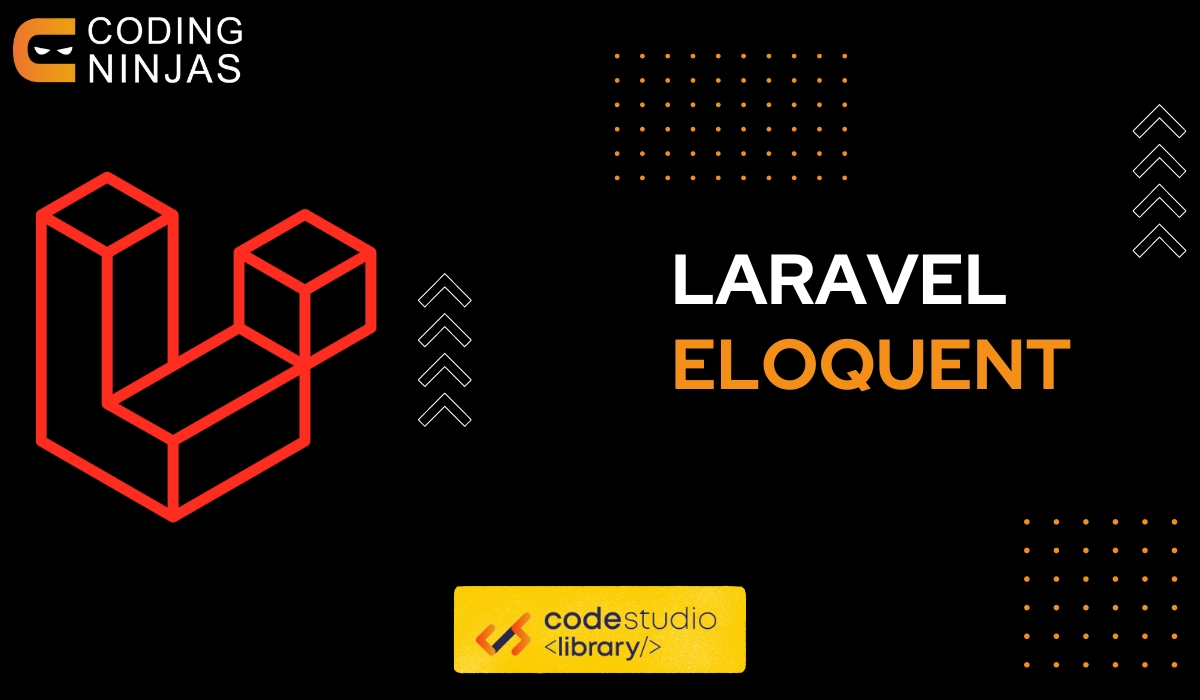Laravel Eloquent is a powerful ORM (Object Relational Mapper) that makes it easy to work with databases in Laravel. While it’s a great tool out-of-the-box, there are many tips and tricks that can help you become a Laravel Eloquent ninja. In this blog post, we’ll cover 20 tips and tricks that you should learn to become an expert in Laravel Eloquent.

Use Query Scopes
Query scopes are a way to encapsulate commonly-used query constraints into a single function that can be reused across different parts of your application. By using query scopes, you can reduce the amount of duplicated code in your application and make your code more modular and easier to maintain custom laravel development service.

Optimize Eager Loading
Eager loading is a way to load related data for a model at the same time as the original query. While it can greatly improve the performance of your application, it can also lead to performance issues if not used correctly. To optimize eager loading, you should only load the data you need and avoid loading too much data.

Use Soft Deletes Soft deletes
are a way to mark a record as deleted without actually removing it from the database. This allows you to keep a record of deleted data, which can be useful for auditing purposes. To use soft deletes, you need to add a “deleted_at” column to your table and use the SoftDeletes trait in your model.

Use Observer Classes
Observer classes are a way to attach event listeners to your models. By using observer classes, you can perform actions such as sending notifications or updating related models when certain events occur, such as creating or deleting a model.

Use Accessors and Mutators
Accessors and mutators are methods that allow you to manipulate the data in your model. Accessors are used to format data when it’s retrieved from the database, while mutators are used to format data before it’s saved to the database.

Use Model Factories
Model factories are a way to generate test data for your application. By using model factories, you can quickly generate test data for your application and ensure that your application works correctly with a large amount of data.

Use Local Scopes
Local scopes are similar to query scopes, but they are defined directly on the model. By using local scopes, you can encapsulate commonly-used query constraints into a single method that can be reused across your

Use Caching
Caching is a way to store frequently-used data in memory so that it can be retrieved quickly. By using caching, you can greatly improve the performance of your application. Laravel provides a powerful caching system that makes it easy to implement caching in your application.
Use Advanced Where Clauses
Laravel Eloquent provides a range of advanced where clauses, such as whereBetween and whereRaw, that allow you to construct complex queries. By using advanced where clauses, you can construct powerful queries that are more efficient and easier to read.
Use Collections
Collections are a way to work with arrays of data in a more powerful and efficient way. Laravel Eloquent provides a range of collection methods that allow you to manipulate data in a variety of ways, such as filtering, sorting, and mapping.
Use Relationships

Relationships are a way to define the connections between models in your application. By using relationships, you can retrieve related data for a model with a single query, rather than making multiple queries.
Use Polymorphic Relationships
Polymorphic relationships are a way to define a relationship between multiple models, where the related model can be one of several different types. By using polymorphic relationships, you can create more flexible relationships between your models.

